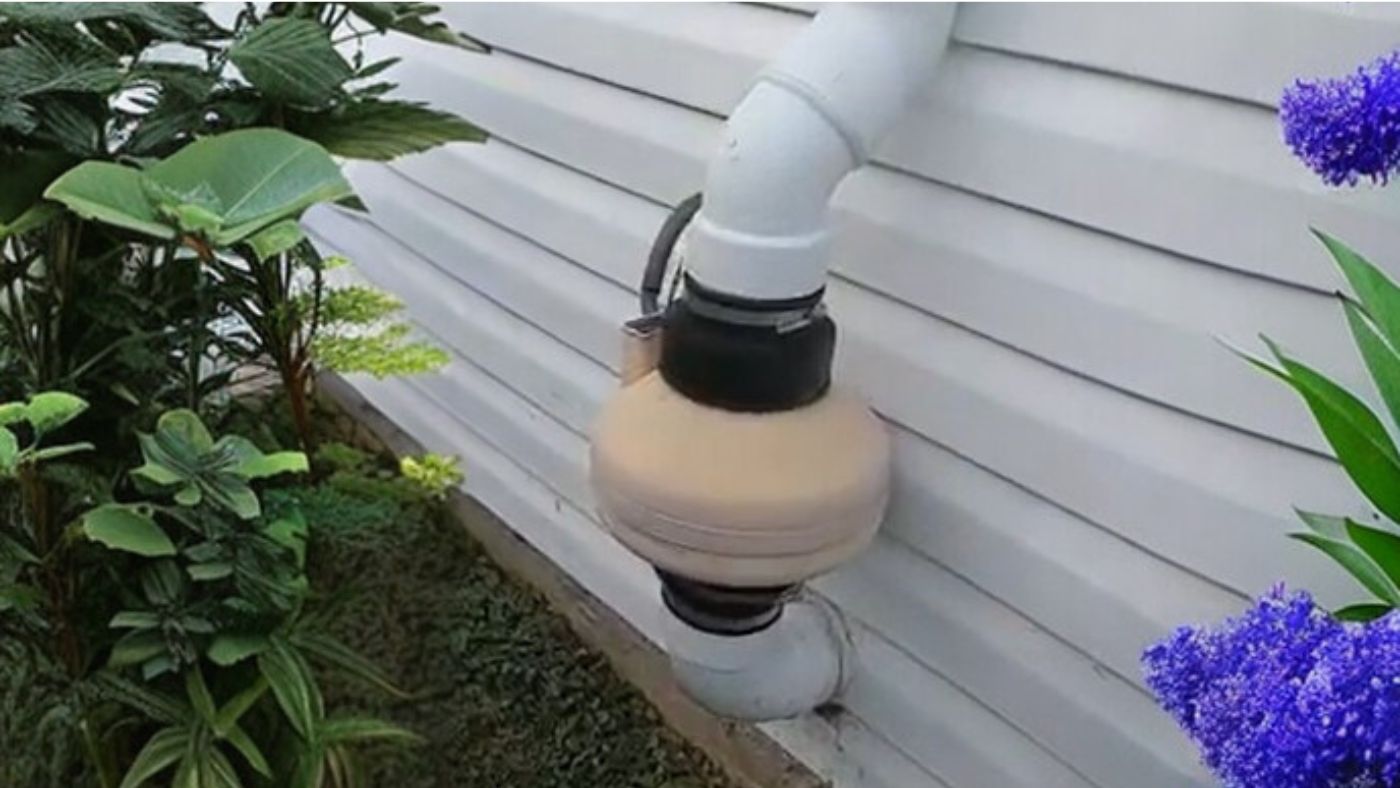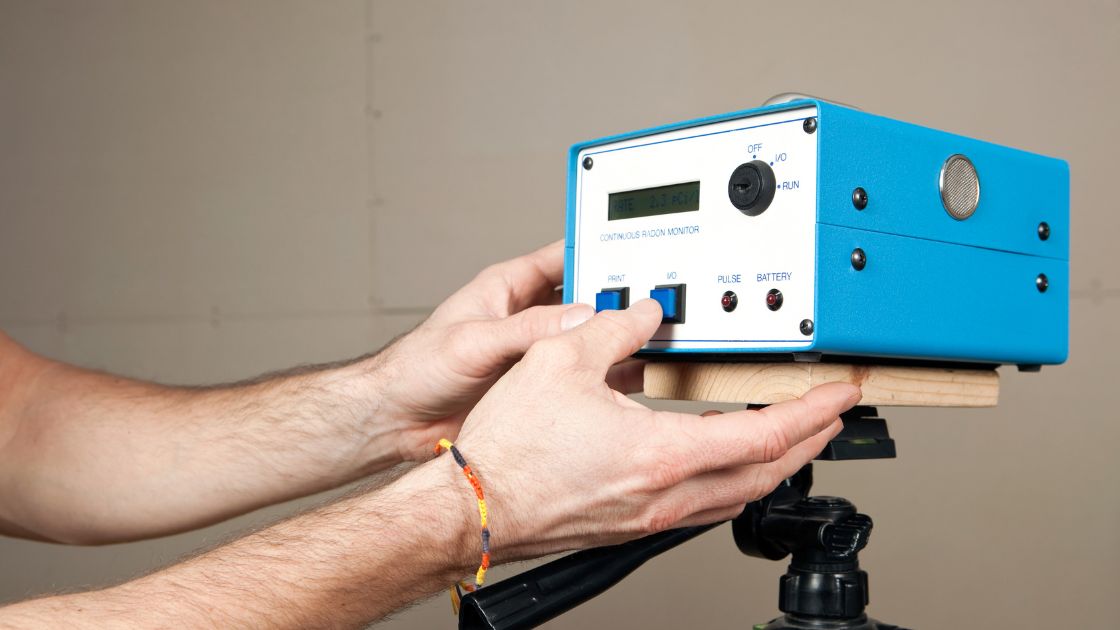|
Radon is a colorless, odorless substance that, if inhaled, can cause significant health problems. According to the Environmental Protection Agency, it is the second largest contributor to lung cancer in the United States, accounting for more than 20,000 deaths annually. Homeowners must be aware of the dangers of radon exposure and take precautions to safeguard their families and themselves. This guide will give a general overview of the government organizations controlling radon levels in residences and the rules and policies they have implemented. The Environmental Protection Agency (EPA)The main federal agency in charge of controlling radon levels in the US is the EPA. The organization has developed programs to raise public awareness of the risks posed by radon and guidelines for radon levels in houses and other structures. Role in Regulating Radon LevelsTo safeguard both human health and the environment, the EPA was founded in 1970. The EPA is in charge of controlling a variety of environmental dangers, including radon. Recommended Radon Levels in HomesIf the radon level in a home reaches four picocuries per liter (pCi/L) or above, the EPA advises homeowners to take action. Based on the risk assessment conducted by the government, it is estimated that 1 in 15 households in the US has radon levels that are at or above this level. Radon Awareness and Outreach ProgramsThe EPA maintains several programs to raise radon threat awareness among the general public. In addition to promoting public knowledge of radon concerns, the agency's National Radon Action Plan provides measures for lowering radon exposure in homes and businesses. Through its Radon Awareness Program, the EPA also offers resources and information to homeowners, homebuyers, and real estate professionals. Other Government AgenciesSome governmental organizations are involved in regulating radon levels in the US. The Department of Health and Human Services (HHS) and the Centers for Disease Control and Prevention (CDC) are involved in radon control. The National Radon Action Plan, created by the HHS, includes methods for lowering radon exposure in homes and other structures. The CDC educates the public about the dangers of radon and offers resources for lowering exposure. State and Local Health DepartmentsThe state and municipal health authorities must implement regulations and recommendations regarding radon in each jurisdiction. They could test radon, give the public information and resources, and enforce radon laws. State and Local Building DepartmentsState and municipal building departments must uphold building regulations and radon requirements. They might demand using radon-resistant building methods and radon testing in new construction. Occupational Safety and Health Administration (OSHA)Occupational Safety and Health Administration (OSHA) controls radon in the workplace, including exposure limits and worker monitoring regulations. The EPA's advised action level of 4 pCi/L is the foundation for OSHA's radon standard. Regulations and GuidelinesTo control the amount of radon in dwellings, rules, and regulations have been enacted at the federal, state, and municipal levels. Radon levels in new construction are strictly regulated by building laws and standards. House inspectors must adhere to regulations the International Association of Certified Home Inspectors (InterNACHI) set out when radon mitigation and testing are concerns. Tips for Reducing Radon Levels in Your HomeIn addition to following the rules and regulations established by the EPA and other governmental agencies, you can make additional efforts to reduce radon levels in your home. A few of these are:
By following these instructions, you may drastically lower the radon levels in your house and make your home a safer place for you and your family to live. Final ThoughtsBecause it is both odorless and invisible, radon poses a significant health concern that frequently goes unnoticed. But, you may lessen the risk of radon exposure and protect your loved ones from the risks of this radioactive gas by carrying out comprehensive testing and mitigation.
To decide how to protect your house and family, it is crucial to comprehend how the EPA and other governmental organizations control radon levels. You can take proactive measures to lessen the risk of radon exposure by adhering to your property's extra radon reduction advice. Remember that radon exposure risks your health but can also be avoided. You can make your house a safer and healthier place for you and your household by taking action. Do you know what radon is? It's a gas that surrounds us but is also potentially dangerous. Radon is produced when uranium decays in soil, rock, and water. It's odorless and colorless, which makes it hard to detect. The gas can seep into our homes through fractures in the foundation, walls, and flooring, putting humans at risk. That's why it's essential to understand the facts about radon and dispel some common myths. The Myths About Radon1. Radon Is Only a Problem in Certain RegionsThis rumor is not true. Radon may be present in homes wherever you live. While some areas may have higher radon concentrations, every home is susceptible to radon exposure 2. Radon Is Only Present in Soil and RockWhile radon is commonly found in soil and rock, it can also be present in construction materials such as granite, concrete, and brick. This means that even if your home is built with these materials, you can still be at risk for radon exposure. 3. Only Older Homes Are at Risk From RadonThis is a deadly falsehood. Radon can be found in houses of any age because it depends on the local geology and how the house was built. So, whether your house is old or new, you may still be at risk if it's in an area with high radon levels. 4. Radon Levels Can Be Determined by Sight, Smell, or TasteThis is a common misconception, but it's false. Our senses cannot detect radon because it's odorless, tasteless, and colorless. The only way to determine if your home has high radon levels is to test for it. The Truth About RadonBecause radon is a worldwide issue, homeowners must be aware of the dangers and take action to protect themselves and their families. Radon can enter homes through water and construction materials, so even a well-sealed home can still be at risk. The Health Risks of RadonThe Environmental Protection Agency (EPA) reports that radon causes about 21,000 lung cancer deaths yearly in the United States, making it the second most common cause after smoking. About 10% of lung cancer cases in the US are related to radon exposure. The level and length of radon exposure affect the likelihood of developing lung cancer. Reducing Radon LevelsNow that you know the radon facts, taking precautions to safeguard your family and yourself from any danger is critical. You can follow the instructions listed below: Test Your Home for RadonChecking for radon exposure in your house is the first step in protecting it. A radon test kit is available online or at your neighborhood hardware shop. The kit usually contains usage instructions and asks you to send it to a lab for testing. Employ the Services of a Radon Testing and Mitigation SpecialistYou can employ a radon testing and mitigation service if you want a more precise and trustworthy evaluation of the radon levels in your home. They have specialized equipment and expertise for radon detection, so they can advise on the best course of action if excessive radon levels are discovered. Although kits are available for home radon testing, the results might not be as reliable as those from a professional test. Mitigate Radon Levels in Your HomeIf high radon levels are found, they can be lowered. Radon mitigation is a method of lowering radon levels that is most efficient. A system that vents radon gas outside can be installed in your house by a competent radon mitigation contractor. Seal Cracks and Gaps in Your House's Foundation and WallsRadon can enter your home through cracks and openings in the foundation and walls, so sealing those areas can assist. To fill these spaces, use caulk, sealant, or foam. Increase VentilationRadon levels in your house can also be decreased by improving ventilation. You can do this by leaving windows and doors open or setting up a ventilation system. Radon and Your HealthRadon poses a serious threat to your health and should not be disregarded. You may safeguard yourself and your family against the negative consequences of radon exposure by being informed of the facts and taking precautions to reduce your risk. ConclusionRadon poses a major risk to one's health and should not be ignored. It's critical to be informed of the facts and to take precautions to keep yourself and your family safe from exposure. There are many efficient ways to lower radon exposure in your home, including testing it for radon, engaging a professional service, lowering radon levels, sealing cracks and gaps, and improving airflow. By following these tips, you can make your house a secure and healthy environment for you and your loved ones.
|
AuthorLouisville KY Radon Mitigation is a premier radon mitigation company. Our experience and knowledge of radon gas and radon systems allows us to be experts in the field and to tackle any radon problem thrown our way. ArchivesCategories |
|
SERVING LOUISVILLE KY & SURRONDING AREAS
|
COMPANY INFOBusiness Hours
7AM–9PM - ALL WEEK Address
Louisville KY Radon Mitigation 10601 Hite Creek Rd Louisville, KY 40241 SOCIAL MEDIA
|
OUR SERVICESCALL US
502-735-0937 Local Partner
Guardian Environmental License # 11523 RMT |




